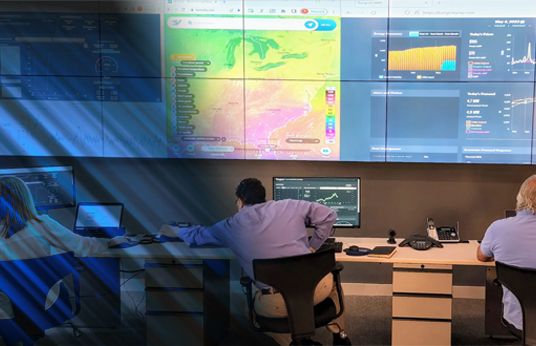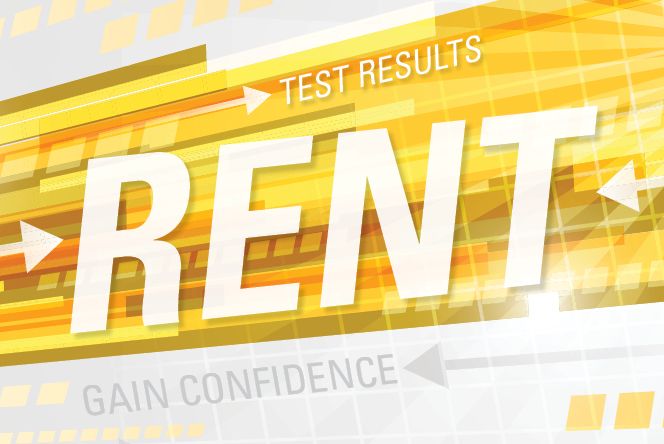Tell me if this sounds familiar: You’re a large energy consumer, maybe in healthcare, education, distribution or transportation. You’re facing pressure — internal, external or both — to increase your energy resiliency, lower your carbon emissions, reduce your energy costs, add capacity for expansion, or some combination of all four. You know you need to act (and soon), but you’re struggling with how to get started implementing a solution.
It’s not an uncommon scenario. A big part of my job involves talking to organizations about their power needs and challenges, and there’s a theme emerging from these conversations: “How do we justify the expense to our leaders and get the sign-off to move forward?”
Here’s my honest answer: If you don’t live and breathe power day and night, it’s really hard to build a business case on your own. That’s why I always suggest partnering with an expert who can conduct an energy assessment, recommend the right blend of solutions, and present a comprehensive proposal and budget to your leadership team.
Of course, we’d love you to choose Caterpillar for that process — but even if you don’t, we still want to help you get started on the right path. Here are the five steps we’ve found most crucial in getting your business case developedand approved:
1. Put in some prep time.
You’ll want to schedule a meeting with your chosen expert — or maybe multiple meetings with various consultants — to kick off the process. Before you get together, gather as much information as possible about your organization’s existing energy situation. Your first conversation will be much more productive if you can provide:
- Current energy provider and rate structure
- Location of electric meter, transformer and switchgear
- Location of gas meter and source of onsite gas, if applicable
- Peak electricity demand information
- Future electricity demand expectations (stable, growing or declining)
- Other energy assets on site (generator sets, batteries, solar, etc.)
At a minimum, be prepared to provide copies of your most recent electric and gas bills. Much of the information above can be gleaned from these statements.
2. Align around your priorities.
Once you get through the technical details, your consultant should zero in on your motivations for action, focusing on your current pain points as well as your future goals. For some organizations, resiliency is key — keeping the power flowing in the event of a storm or grid failure. For others, meeting sustainability objectives or reducing energy costs iscritical.
Has your organization identified its number-one priority? Can you rank other drivers in order of importance to your leadership team? You’ll want to be in lockstep about these goals before moving on to the next step. You’ll also want to let your consultant know which stakeholders will be involved in decision-making. Their priorities — financial versus environmental versus operational, for example — may shape how solutions ultimately get presented.
3. Expect to see an energy assessment.
If any consultant attempts to sell you equipment after the first meeting, that’s a warning sign. In most cases, there’s no single product that can adequately address demands like energy resiliency, sustainability, or cost reduction.
Instead, your consultant should take the information you provide and use it to perform an energy assessment — consulting with technical experts and running various financial models to propose the most viable solution for your organization. That can include:
- Equipment like energy storage systems, solar panels, or microgrids including natural gas or diesel generation
- Energy management technology and distributed energy resources software
- Service agreements that cover ongoing maintenance and repair
The proposal you receive should contain the best blend of energy products, technologies, and services to achieve your goals. There usually are energy outcomes available that will increase resiliency, reduce energy costs, and improve the carbon footprint for your organization.
4. Understand your costs AND your savings.
Once you’re onboard with the content of the proposal, your consultant should work with you on a detailed budget for implementation. What are your upfront capital costs? What are your ongoing expenses? What are your payment options? You should walk away with a firm financing structure, whether that involves partial or 100% financing.
But make sure the budget conversation doesn’t focus solely on what you need to spend. Your consultant should also share how much the proposed solution will save your organization. Can you recoup some of the investment by participating in demand response programs? By avoiding peak energy charges? Can you expect your fuel bill to drop? Your CO2 emissions? Are there incentives available that might reduce your financial outlay? Don’t move forward until you have a good understanding of both costs and savings.
5. Let your consultant help you make the case.
With a comprehensive energy assessment, proposal and budget in hand, you’re ready to make the business case to your leadership team. Don’t feel like you need to go it alone at this stage. Your consultant should offer to handle the bulk of the presentation — outlining recommended solutions, explaining cost and financial models, highlighting short- and long-term benefits, and answering any technical (or unexpected) questions.
Success starts with a conversation.
Can I guarantee your CEO or CFO will sign off on your project if you follow these five steps? No. But I can tell you that the organizations we’ve taken through a similar process have an excellent success rate — if not immediate approval to move forward, then at least a rock-solid foundation on which to build the next iteration.
If you’re ready to get started, we’re ready to help you find the right solution — one that works for you and your leadership team. Request an energy assessment consultation with a Caterpillar expert.











